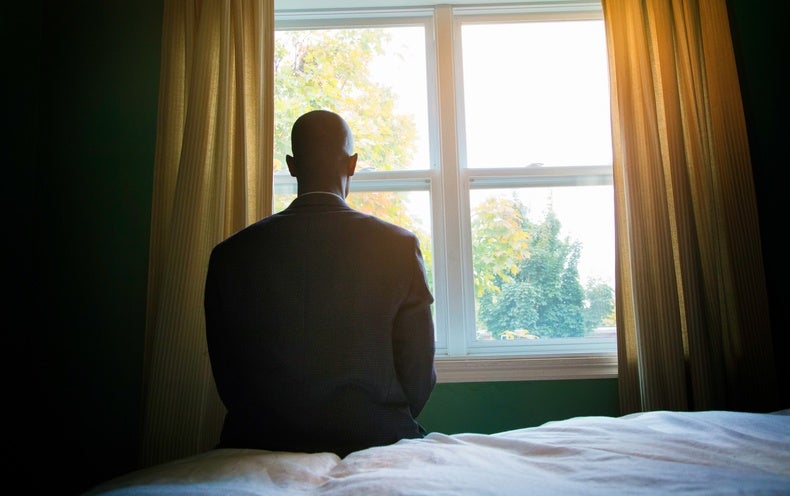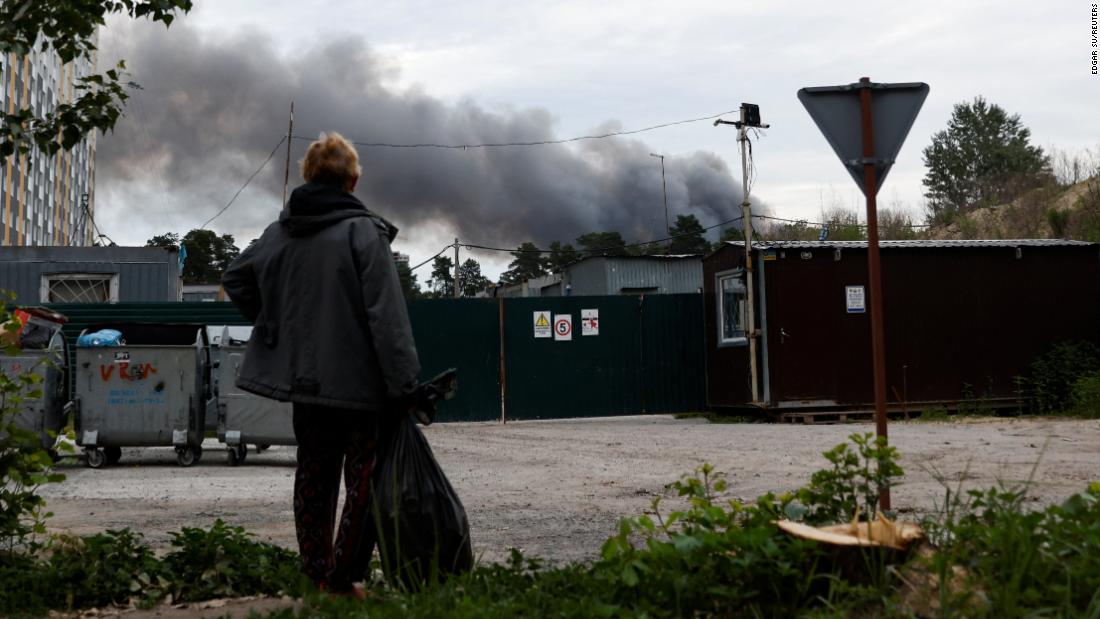
Ian Rockett has spent much of his career working closely with coroners and medical examiners researching the epidemiology of suicide. One of the questions the West Virginia University investigator has pondered over many years in the field is why the rate of suicide among Black people in the U.S. is recorded as a third of that among white people.
In recent years, Rockett’s research has started to provide some answers, and it illustrates the extent to which medical examiners and coroners have lacked sufficient data to accurately determine causes of death. Rockett’s 2010 study published in BMC Psychiatry found that Black American deaths are 2.3 times more likely than white deaths to be classified as undetermined at the time they occur.
Because of that observation, Rockett and his colleagues feared that the Centers for Disease Control and Prevention’s report earlier this year of a 5.5 percent uptick in Black suicides was most likely an underestimate. “The numbers likely went up more than the data shows,” he says.
Numerous reasons underlie the absence of good statistics. Black Americans have typically been shut out of the mental health care system, and the pandemic worsened prospects of finding help. The lack of access to medical professionals means Black people are less likely to receive a mental health diagnosis, and there may be no record of previous suicide attempts prior to their death.
In a January 2021 study published in the Journal of Racial and Ethnic Health Disparities, researchers at various institutions found that Black suicides were more apt to be categorized as undetermined because coroners and medical examiners have less information to go on when investigating Black deaths. “When there’s less psychological documentation, they’re more likely to be labeled as undetermined intent,” says Rockett, a co-author of that paper. “This leads to suicide misclassification.”
The language that turns up in death reports tends to confirm this conclusion. An April 2022 study published in the journal Suicide and Life-Threatening Behavior documented a greater frequency of mental health information in reports of white suicides, likely resulting from more widespread access to care. Words such as “depression” and “anxiety” were more commonly found in white narratives, along with medication information, family problems or other indicators that might be risk factors for suicide. Black narratives contained less specific language—words and phrases such as “questionable,” “nothing” and “no further details” were common. That study found that accounts for Black people contained fewer words and less “lexical diversity,” the number of different words used to describe the manner of death.
“Our research showed that when a medical examiner is writing a narrative for a Black person, there’s consistently less information recorded for a Black case, be it a suicide, homicide or an undetermined death,” says Nusrat Rahman, an author of the study and now a senior researcher at the American Psychiatric Association. Disparities in death investigations of Black people also relate to the absence of suicide notes, she says. A 2018 study that looked at data from the National Violent Death Reporting System found that a fifth of Black Americans who die by suicide leave notes, compared with a third of white Americans.
The reasons for these differences have yet to be studied, although the stigma of suicide within the Black community may be a possible contributing factor. Rahman says that further research is also needed to examine why Black death reports are shorter and whether racial bias is a motivating factor. But the consequences are clear: “In these undetermined deaths, there’s not enough text to conclude whether a death was intentional,” she says. Without information about mental-health-related diagnoses, suicide notes or interviews with family members, medical examiners are less likely to label the cause of death as a suicide, especially in the case of a death from a drug overdose, which is often difficult to classify as intentional or accidental.
Nora D. Volkow, director of the National Institute on Drug Abuse, says that there’s a higher prevalence of suicide in individuals who misuse drugs, although we don’t know the “direction of the association”—whether drugs cause suicides or those who are suicidal are relying on drugs. She thinks the explanation is some combination of both. “Drug users are at a higher risk of dying by suicide because they don’t see a way out,” Volkow says.
Black Americans were initially less exposed to the opioid epidemic because they were less likely than white people to be prescribed addictive drugs for pain. “This is one of those instances where discriminatory practices toward minority groups protected them early on,” Volkow says. But the landscape changed after the introduction of the narcotic fentanyl, which is mixed with illicit drugs such as heroin and cocaine and sold illegally. The drug overdose mortality rate increased by 44 percent in Black Americans in 2020, according to the CDC.
In general, coroners and medical examiners are unlikely to label drug deaths as suicides without clear evidence. As a result, Black suicides get misclassified as drug overdoses. “I would conservatively estimate that 15 percent of drug overdoses labeled undetermined are likely suicides,” Volkow says. CDC information from 2019 to 2020 shows that if 15 percent of the 15,907 Black undetermined overdose deaths were misclassified suicides, their estimated suicide rate for Black Americans would be 12.5 per 100,000 people versus the official rate of 7.5 per 100,000—a 67 percent higher rate than previous calculations.
It’s not surprising that many drug deaths aren’t properly investigated. Even before the pandemic, coroners and medical examiners were spread too thin, says Kathryn Pinneri, president of the National Association of Medical Examiners. “The medical examiner/coroner community has been struggling with an increasing caseload for many years, largely due to increasing numbers of drug-related and violent deaths. The COVID-19 pandemic exacerbated the problem,” she says. Some deaths that would have been brought in for external examination—when coroners examine the victim’s body, including scars, surgical incisions and medical devices—are now investigated with medical records alone, Pinneri notes. But in many cases, these records don’t exist for Black Americans.
Right now clinicians are trained to look for suicides in white men because statistics show they are by far the most likely to die by suicide. But a Black man’s suicidality might be missed. “At a very basic level, this data impacts a doctor’s risk assessment in emergency rooms across the country,” says Paul Nestadt, a psychiatrist who specializes in the epidemiology of suicide at Johns Hopkins University.
If the rate of Black suicides is higher than officially acknowledged, that indicates that even more resources need to be directed to prevention. When Nestadt sounded the alarm in a research study about high suicide rates in Baltimore County, lawmakers took action by starting a task force to take on the issue and installing a suicide prevention coordinator for the city of Baltimore. “Once we realized that our predominantly Black population was at risk of suicide, we took steps to prevent it,” he says. Nestadt hopes that, as understanding of the real numbers grows, Black people at risk of suicide will feel less isolated. “Knowing they’re not alone normalizes these struggles and makes them feel like they’re not the only ones going through them,” he says.
IF YOU NEED HELP If you or someone you know is struggling or having thoughts of suicide, help is available. Call the National Suicide Prevention Lifeline at 1-800-273-8255 (TALK), use the online Lifeline Chat or contact the Crisis Text Line by texting TALK to 741741.


























































